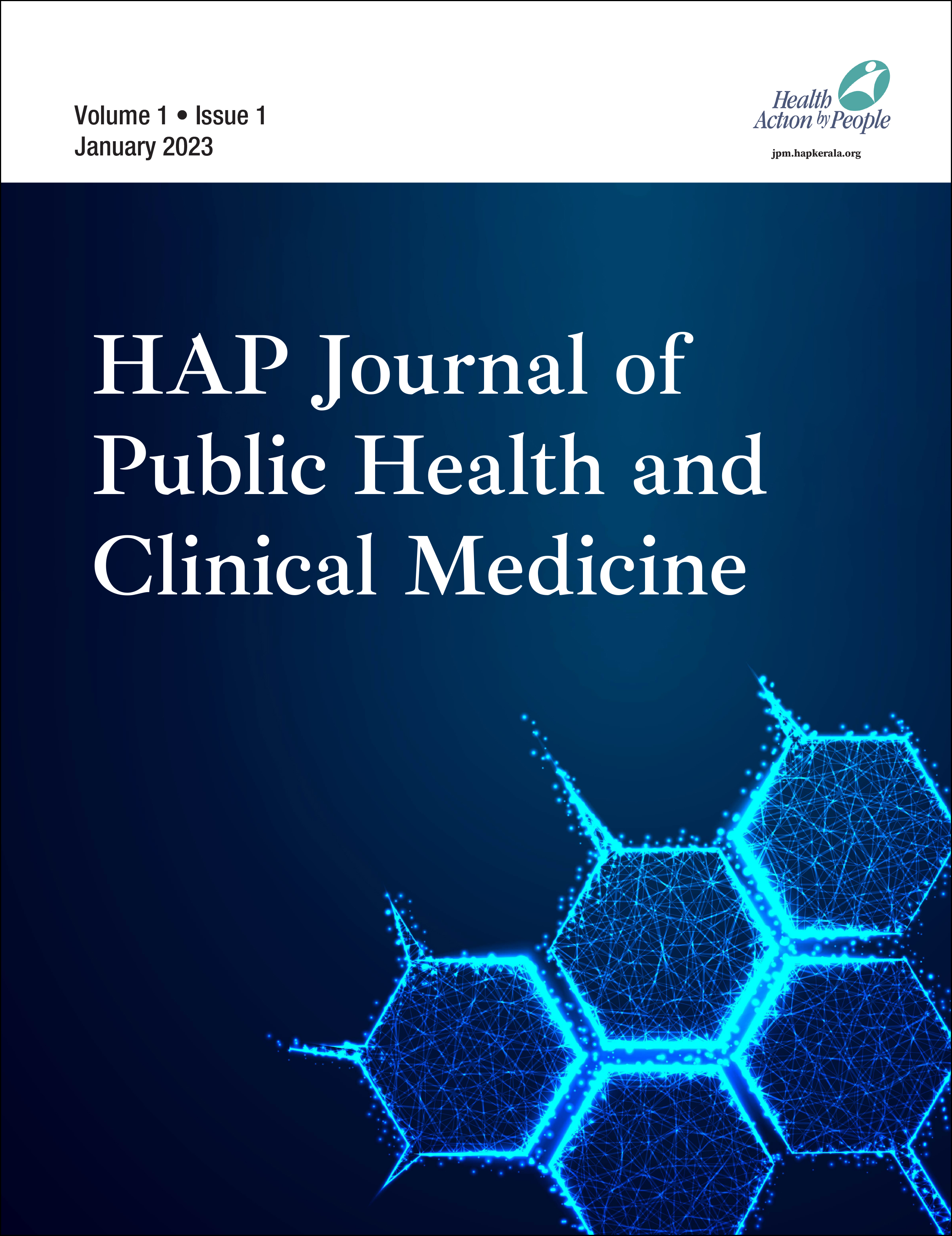
1 SP Fort Hospital, Thiruvananthapuram, Kerala, India
2 Government Medical College, Thrissur, Kerala, India
3 Health Action by People, Thiruvananthapuram, Kerala, India
4 Government Medical College, Thiruvananthapuram, Kerala, India
Creative Commons Non Commercial CC BY-NC: This article is distributed under the terms of the Creative Commons Attribution-NonCommercial 4.0 License (http://www.creativecommons.org/licenses/by-nc/4.0/) which permits non-Commercial use, reproduction and distribution of the work without further permission provided the original work is attributed.
Background: India is initiating measures to address Chronic Obstructive Pulmonary Disease(COPD) and Asthma, major causes of mortality and morbidity, at the primary care level. The efforts are limited by the lack of access to spirometry. Various alternatives are being tried out in resource limited countries.
Methods: A hospital based cross-sectional study was done at two tertiary care hospitals in Trivandrum, South India, in patients with a clinical diagnosis of COPD or Asthma. Spirometry was done by a trained spirometry technician, along with peak-flow recording and a recording on portable mini-spirometer (COPD6 ®). The values obtained by the latter two were compared to those obtained by spirometry.
Results: The study included 360 patients. PEFR showed a positive correlation with both FEV1/FVC as well as FEV1 (R2 of 0.35 and 0.65, respectively). FEV1/FEV6 and FEV1 on COPD6 also correlated positivity with FEV1 and FEV1/FVC on spirometry (R2 of 0.68 and 0.89, respectively). Sensitivity and specificity of PEFR to diagnose obstruction was best at a cut-off of 74% of predicted, as determined by ROC, giving sensitivity of 84.8% and specificity of 85.1%. Sensitivity and specificity of COPD6 to detect obstruction was 75.9% and 95.7%, respectively.
Conclusion: Mini-spirometry (COPD6) and peak-flow measurement may be used as alternatives to spirometry in resource limited settings as in the primary care centers of India for the diagnosis of obstructive airway diseases.
Pulmonary disease, chronic obstructive, Asthma, respiratory function tests, prevention and control, Kerala